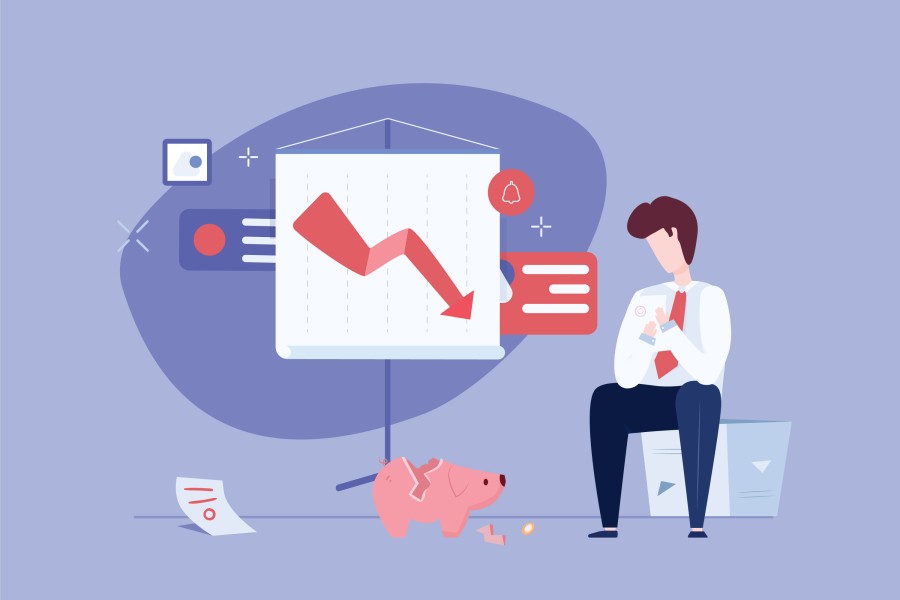Banks and financial institutions play a vital role in this system, providing loans to individuals and businesses to support growth and development. However, sometimes borrowers face difficulties in repaying these loans, leading to significant challenges for lenders. This article explores the concept of nonperforming loans (NPLs), their types, causes, and impacts on banks, offering a clear and simple explanation of this important financial issue.
What are Nonperforming Loans (NPLs)?
Nonperforming loans are loans that are in default or close to being in default. When borrowers fail to make scheduled payments of interest or principal for a specified period, usually 90 days, the loan is classified as nonperforming. Banks must then decide how to handle these loans, which can include restructuring the loan, seeking repayment through legal means, or writing off the loan as a loss.
Types of Nonperforming Loans
NPLs come in various forms, reflecting different types of borrowing and lending:
- Personal Loans: These include unsecured loans provided to individuals for personal use, such as an Airtel personal loan, which can become nonperforming if the borrower stops making payments.
- Business Loans: Loans given to businesses for operational or expansion purposes that can turn nonperforming if the business faces financial difficulties.
- Mortgages: Home loans that become nonperforming when homeowners fail to make mortgage payments.
- Credit Card Debt: Credit card balances that are not paid off and become overdue can also be classified as nonperforming.
Causes of Nonperforming Loans
Several factors can lead to loans becoming nonperforming:
- Economic Downturns: Recessions and economic slowdowns can lead to job losses and reduced incomes, making it harder for borrowers to repay their loans.
- Poor Loan Underwriting: If banks do not properly assess a borrower’s ability to repay a loan, there is a higher risk of the loan becoming nonperforming.
- High-Interest Rates: Rising interest rates on loans can increase the cost of borrowing, making it difficult for borrowers to keep up with payments.
- Business Failures: Companies may experience financial difficulties due to poor management, competition, or market changes, leading to an inability to repay business loans.
- Personal Financial Issues: Unforeseen personal financial problems such as medical emergencies, divorces, or the loss of a breadwinner can lead to defaults on personal loans.
Also Read: 5 Ways to Save Your Money Through Personal Loan
Impact on Banks
NPLs can have several adverse effects on banks:
- Reduced Profitability: NPLs do not generate income. When a significant portion of a bank’s loan portfolio becomes nonperforming, the bank’s profitability decreases.
- Increased Provisioning: Banks must set aside money to cover potential losses from NPLs, known as provisioning. This reduces the amount of money available for lending and other profitable activities.
- Lower Capital Adequacy: High levels of NPLs can erode a bank’s capital base, which is crucial for absorbing losses and maintaining financial stability.
- Damage to Reputation: A high level of NPLs can damage a bank’s reputation, leading to a loss of customer and investor confidence.
- Regulatory Actions: Regulators may impose penalties or restrictions on banks with high levels of NPLs, further affecting their operations and profitability.
Also Read: Having a High CIBIL Score Can Get You a Lower Rate of Interest?
FAQs
1. What is a nonperforming loan (NPL)?
A nonperforming loan is a loan in which the borrower has stopped making the agreed-upon payments for a specified period, usually 90 days or more.
2. What causes loans to become nonperforming?
Loans can become nonperforming due to economic downturns, poor loan underwriting, high interest rates, business failures, and personal financial issues.
3. How do NPLs affect banks?
NPLs reduce bank profitability, require increased provisioning, lower capital adequacy, damage reputations, and can lead to regulatory actions.
4. What strategies do banks use to manage NPLs?
Banks manage NPLs through loan restructuring, debt recovery, selling NPLs, strengthening credit assessment, and monitoring loan performance.
5. Can personal loans like those from Airtel become nonperforming?
Yes, personal loans, including those from Airtel Finance, can become nonperforming if borrowers fail to make the necessary payments.


 Get App
Get App  Airtel Store
Airtel Store  Login
Login 


